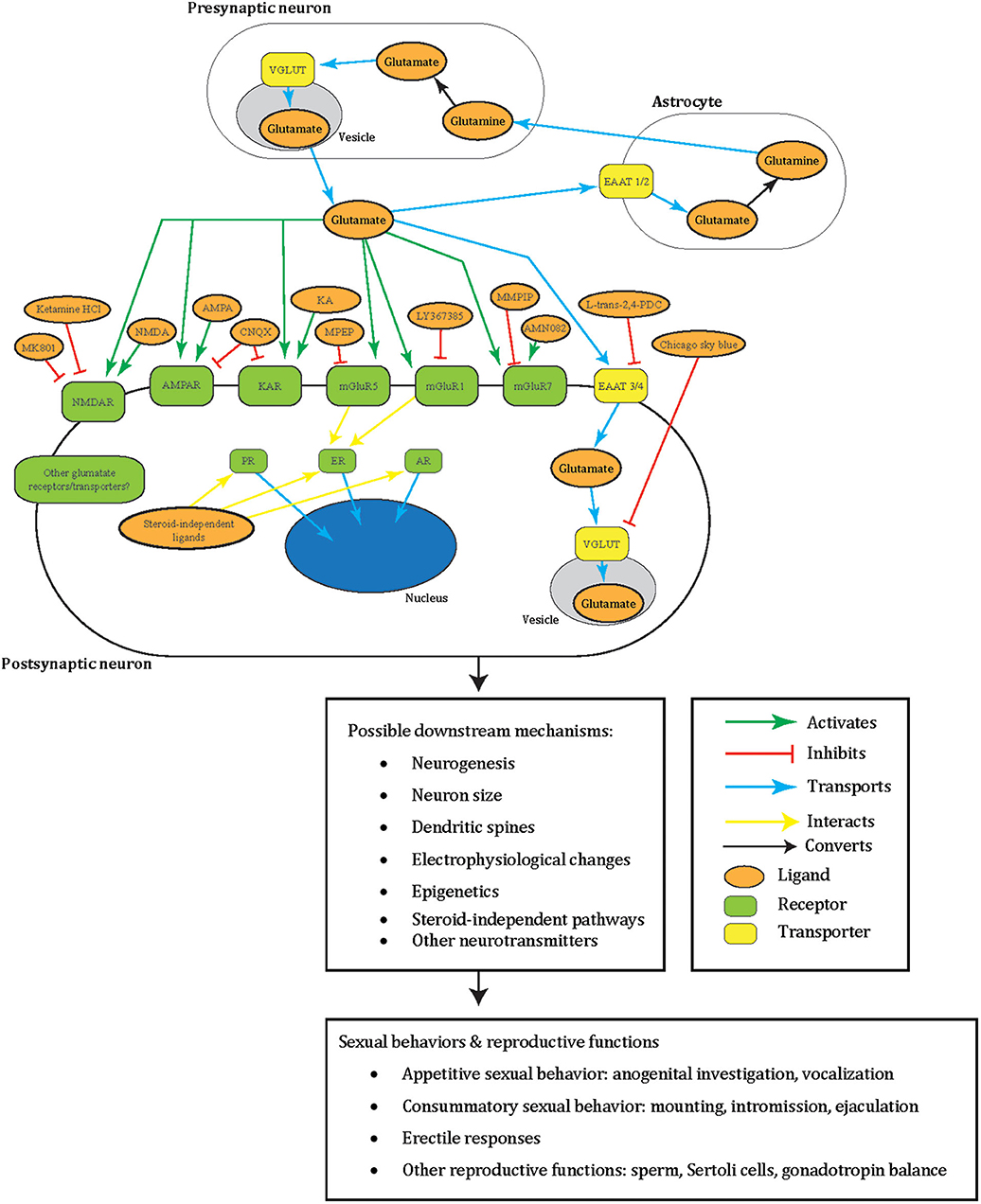

In general, cell lines derived from gonads are known to possess a capacity to support survival, maintenance, growth, and differentiation of germline stem cells during in vitro culture (Hofmann et al., 2003 Nagano et al., 2003 Hong et al., 2004). baerii, developing appropriate feeder cell lines that can support germline stem cells in vitro is a top priority. To establish germline stem cell culture system in A.

Moreover, establishment of germline stem cells can contribute to species preservation of this endangered fish species (Ruban and Zhu, 2010 Hong et al., 2011 Lacerda et al., 2014). Thus, to fulfill the improvement of the breed of this species, applying transgenic technology is a worthwhile work in regard to commercial aspect. As one of the important aquaculture fish, the Siberian sturgeon ( Acipenser baerii) provides valuable food resources including a luxury food and caviar and has a merit in culture due to its ability to tolerate the changes of environmental factors such as temperature and low O 2 concentration (Gisbert and Ruban, 2003). Therefore, establishment of an in vitro culture system for germline stem cells derived from the economically valuable fish is one of the upcoming challenges in the field of fish transgenic research.
/cloudfront-us-east-1.images.arcpublishing.com/gray/UNODMUOVXND5JLMR5OEJZQGMMA.jpg)
In fish, similar studies have been performed in small fish models (Sakai, 2002 Hong et al., 2004 Fan et al., 2008 Kawasaki et al., 2012 Wong and Collodi, 2013 Wong et al., 2013 Li et al., 2014), but the related ones dealing with large farmed fish have been rarely conducted (Shikina et al., 2008 Shikina and Yoshizaki, 2010 Lacerda et al., 2013). Due to their high application possibilities to animal transgenic research as a mediator conveying new traits to the next generation, lots of trials for in vitro culture and manipulation of them have been conducted in many mammalian (Guan et al., 2006 Aponte et al., 2008 Lee et al., 2013 Tiptanavattana et al., 2013 Lee et al., 2014) and some avian species (Park et al., 2008 Song et al., 2014). Germline stem cells are a very important cell type taking charge of gamete production (Brinster, 2007 Spradling et al., 2011 Lehmann, 2012).

The results and the cell lines established in this study will contribute to the development of an in vitro system for A. After freezing and thawing of the cell lines, post-thaw cell viabilities between 57.6 and 92.9 % depending on cell lines were indentified, suggesting that stable cryopreservation is possible. Despite long-term culture, all cell lines maintained diploid DNA contents and expression of several genes that are known to express in the A. All cell lines consisted of two main cell types based on morphology even if the ratio of the two cell types was different depending on cell lines. Five gonad-derived cell lines were stably established and cultured continuously over at least the 73th passage and 402 culture days under the media containing 20 % fetal bovine serum at 28 ☌. Subsequently, determination of growth conditions, long-term culture, characterization, and cryopreservation of the cell lines were also conducted. baerii were used as a donor of gonad tissues, and gonad-dissociated cells were cultured in vitro. In this study, we tried to establish gonad-derived cell lines in Siberian sturgeon ( Acipenser baerii). To culture germline stem cells in vitro, establishment of the cell lines that can be used as the feeder cells is a prerequisite.


 0 kommentar(er)
0 kommentar(er)
